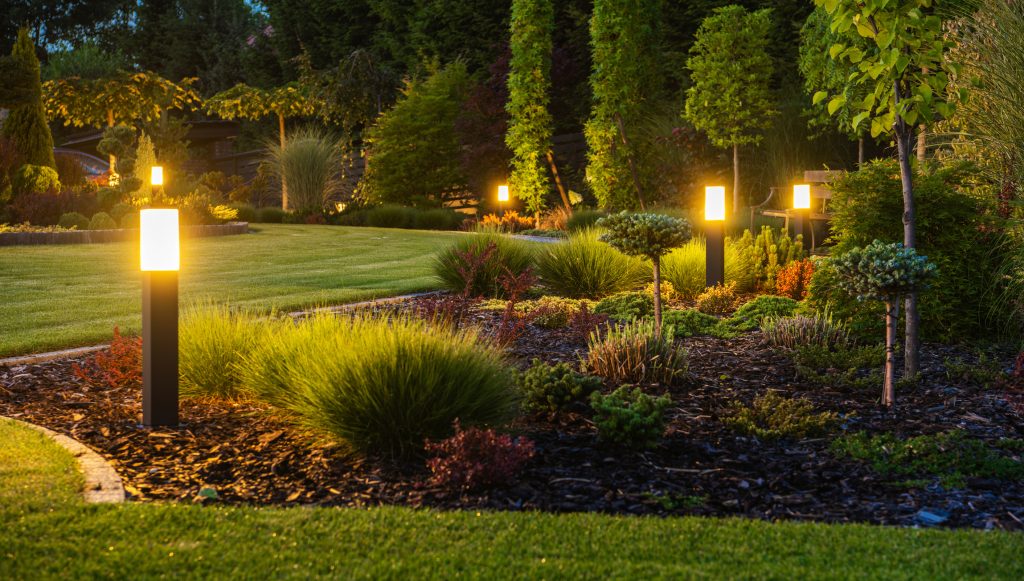Selling rural properties involves more than just listing them for sale; it involves telling a story and creating an emotional connection with potential buyers. One of the most effective ways to achieve this is through photography. High-quality, captivating photos can significantly enhance the appeal of a rural property. However, photographing rural properties presents unique challenges, from vast landscapes to varying lighting conditions. In this comprehensive guide, we’ll explore how to capture the best shots of rural properties, emphasizing lighting, angles, and showcasing the land and surroundings.
Understanding the Property’s Unique Features
Before you even take out your camera, spend time understanding the property’s unique features and what makes it appealing. Is it the rolling hills, a quaint farmhouse, the expanse of woodland, or a serene lake? Identifying these features will help you determine the focal points for your photographs. Take a walk around the property at different times of the day to observe how the light interacts with the land and structures. This preliminary step will guide your photography session and ensure that you highlight the property’s best attributes.
Golden Hours: Capitalizing on Natural Light
Lighting is crucial in photography, and this is especially true for rural properties. The best time to capture stunning outdoor shots is during the ‘golden hours’—shortly after sunrise or before sunset. During these times, the natural light is softer, warmer, and more diffused, eliminating harsh shadows and highlighting the property’s natural beauty. Plan your photography session around these times to capture the property in the best light possible. The golden hours also add a magical, almost ethereal quality to the photos, enhancing the appeal of the rural setting.
Utilizing Drones for Aerial Shots
One of the unique aspects of rural properties is their size and the expanse of the land. Aerial shots taken with a drone can provide a comprehensive view of the entire property, showcasing its scale and the layout of the land and buildings. Aerial photographs are particularly effective in highlighting large tracts of land, water bodies, and the surrounding landscape. When using a drone, ensure you capture various angles and heights to provide a complete overview of the property. However, always comply with local regulations regarding drone usage.
Highlighting Natural Features and Landscapes
Rural properties often come with distinct natural features such as woods, fields, streams, or ponds. These elements should be prominently featured in your photographs. Capture wide shots that encompass these features and demonstrate the property’s connection to its natural surroundings. When photographing these elements, consider their composition and how they fit into the broader landscape. Use leading lines, such as fences or paths, to draw the viewer’s eye into the photo and highlight the property’s best natural assets.
Showcasing the Exterior and Buildings
While the land itself is a significant selling point, don’t neglect the buildings and structures on the property. Photograph the exterior of the home from multiple angles, ensuring that you capture its style and character. If there are unique architectural features or outdoor living spaces, highlight these in your shots. Ensure that the property looks well-maintained and inviting in the photos—tidy up outdoor areas, mow the lawn, and remove any clutter. This attention to detail can make a significant difference in how potential buyers perceive the property.
Interior Photography: Capturing the Essence of Rural Living
Interior shots are just as important as exterior ones, especially for showcasing the living spaces and the lifestyle the property offers. Ensure that interiors are well-lit, either by scheduling your shoot during the day to take advantage of natural light or by using additional lighting equipment. Capture wide-angle shots of the rooms to show their size and layout, and include details that convey the rural or rustic charm, such as fireplaces, wooden beams, or country-style kitchens.
Seasonal and Weather Considerations
The time of year and weather conditions can significantly impact the look and feel of a rural property. If possible, photograph the property in different seasons to show its year-round appeal. Fresh snow, autumn leaves, spring blossoms, or summer greenery each provide unique settings that enhance the property’s attractiveness. However, always ensure that the conditions are safe for photography, especially when using drones or capturing images from high vantage points.
Editing and Post-Processing
After capturing your shots, editing and post-processing can enhance their quality and impact. Adjusting brightness, contrast, saturation, and sharpness can help bring out the best in your photographs. However, it’s important to keep edits realistic and not to misrepresent the property. The goal is to enhance the photos’ appeal while maintaining their authenticity.
Conclusion
Photographing rural properties requires an understanding of their unique features and the ability to showcase them effectively. By capitalizing on natural light, utilizing different angles and perspectives, and highlighting the property’s connection to its natural surroundings, you can capture stunning photographs that draw potential buyers in. Remember, your photographs tell the story of the property, so invest the time and effort to ensure they represent it in the best light possible. By following these tips, you can capture the essence of rural properties and significantly enhance their marketability.

